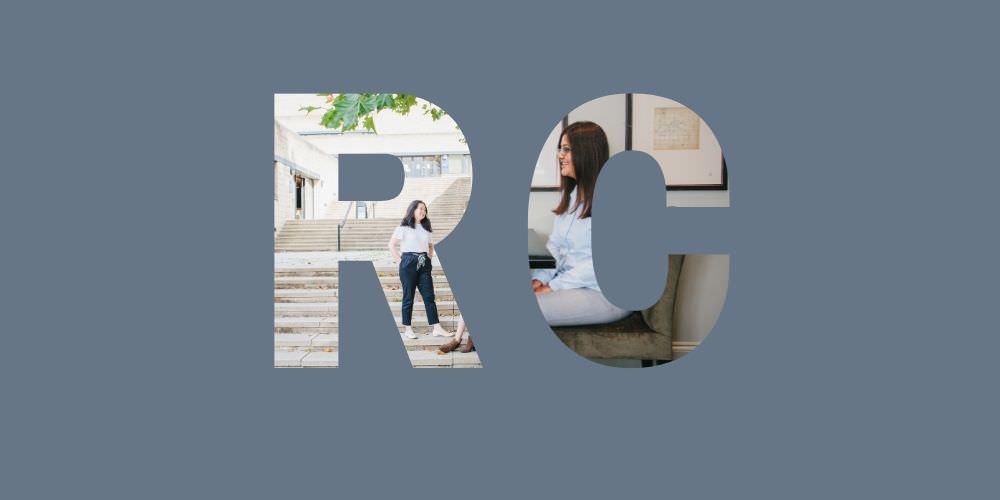Update on Coronavirus Business Support for Second National Lockdown

Update on Coronavirus Business Support for Second National Lockdown
Just as Oxford was due to enter into Tier 2 lockdown restrictions from 31 October 2020, Prime Minister Boris Johnson announced on the same day that the whole country would be going into a national lockdown from 5 November 2020. This second national lockdown is planned to last until 2 December 2020 but could be extended further. The Winter Budget has already been cancelled and postponed until Spring 2021, however new measures could be introduced in the next few weeks, and existing measures have been updated as follows:
The Coronavirus Job Retention Scheme (CJRS) or Furlough Scheme has now been extended until December 2020.
Originally this scheme was due to come to a close on 31 October 2020 and had already been tapered down to providing employees with only 60% of their wages up to a maximum cap of £1,875 per month. The Job Support Scheme was meant to replace CJRS but has instead been suspended until the scheme comes to a close. CJRS will now return to the original arrangement whereby employees will receive 80% of their normal wages when they are not working – capped to a maximum of £2,500 per month. Flexible furlough will be allowed, and employers will only be responsible for paying National Insurance and employer pension contributions. For employees to be eligible to be put on the furlough scheme, they do not need to have been furloughed during the previous scheme, however they must have had a Real Time Information submission made for them by 30 October 2020 to qualify. You can find guidance on how to make a claim from CJRS.
Mortgage Holidays extended for up to 6 months.
Mortgage payment holidays were also due to come to an end on 31 October 2020. This support has now been re-opened to anyone who has not yet taken a mortgage payment holiday to claim up to a 6-month break from payments, however interest charges will still be accrued. For those who have already claimed a mortgage payment holiday, they are able to extend this up to the maximum allowance of 6 months. Anyone who has already reached their 6-month limit has been advised to speak directly to their mortgage provider to arrange a tailored payment support plan.
Business Grants available to those forced to close.
Local Restrictions Support Grants (LRSG) were introduced when the tiered lockdown system came into force. It was designed specifically to support those businesses with premises that had to pay business rates but were forced to close due to a local tier 3 very high alert. As we enter into a national lockdown, we expect to see further announcements on how this scheme will be made available to the whole country. Currently:
- Properties with a rateable value of £15k or under can apply for a grant of £1,334 per month or £667 per two weeks
- Properties with a rateable value between £15k – £51k can apply for a grant of £2,000 per month or £1,000 per two weeks
- Properties with a rateable value of £51k or over can apply for a grant of £3,000 per month or £1,500 per two weeks
To be eligible, a business must:
- Occupy property on which it pays business rates
- Be in a local lockdown area and has been required to close from 9 September 2020 (funding is not retrospective)
- Be required to close for at least 3 weeks because of the lockdown
- Usually provide in-person customer service but is no longer able to because of the lockdown (this includes cafes and restaurants who would usually operate as an in-person venue but can now only offer takeaway service)
To apply for a LRSG, businesses should contact their local council directly. Other businesses which have been severely impacted and have been forced to close but do not pay business rates may apply for funding support at the discretion of their local council and may receive up to £1,500.
Third grant to be made available for the self-employed to cover them until April 2021.
The Self-Employment Income Support Scheme (SEISS) has been extended for a third time and for November 2020 only has increased back to the original arrangement whereby eligible self-employed people are able to claim a taxable grant of 80% of their trading profits (up from 40% under the previously arrangement). The following two months which the grant also covers will then return back to the 40% level. This means that over the total 3-month period self-employed people will receive 55% of their average monthly trading profits. This is to be paid in a single instalment and will be capped at £5,160.
To be eligible, you must have been eligible for the first and second grant, although you do not need to have claimed them. You must also declare that you intend to continue to trade and are actively trading but are impacted due to coronavirus, or you were previously trading but are temporarily unable to due to coronavirus.
There are due to be two grants offered, both to cover a 3-month period, and each to paid in one lump sum. The first grant will cover 1 November 2020 until 31 January 2021 and the second will cover 1 February 2021 to April 2021. The level of the second grant has yet to be confirmed by the government and we will keep you updated when more guidance has been issued. The online service which can be used to claim a grant will be open from 30 November 2020. Please note that the grants are subject to income tax and National Insurance contributions.
For regular updates and news, be sure to sign up to our monthly email newsletter.